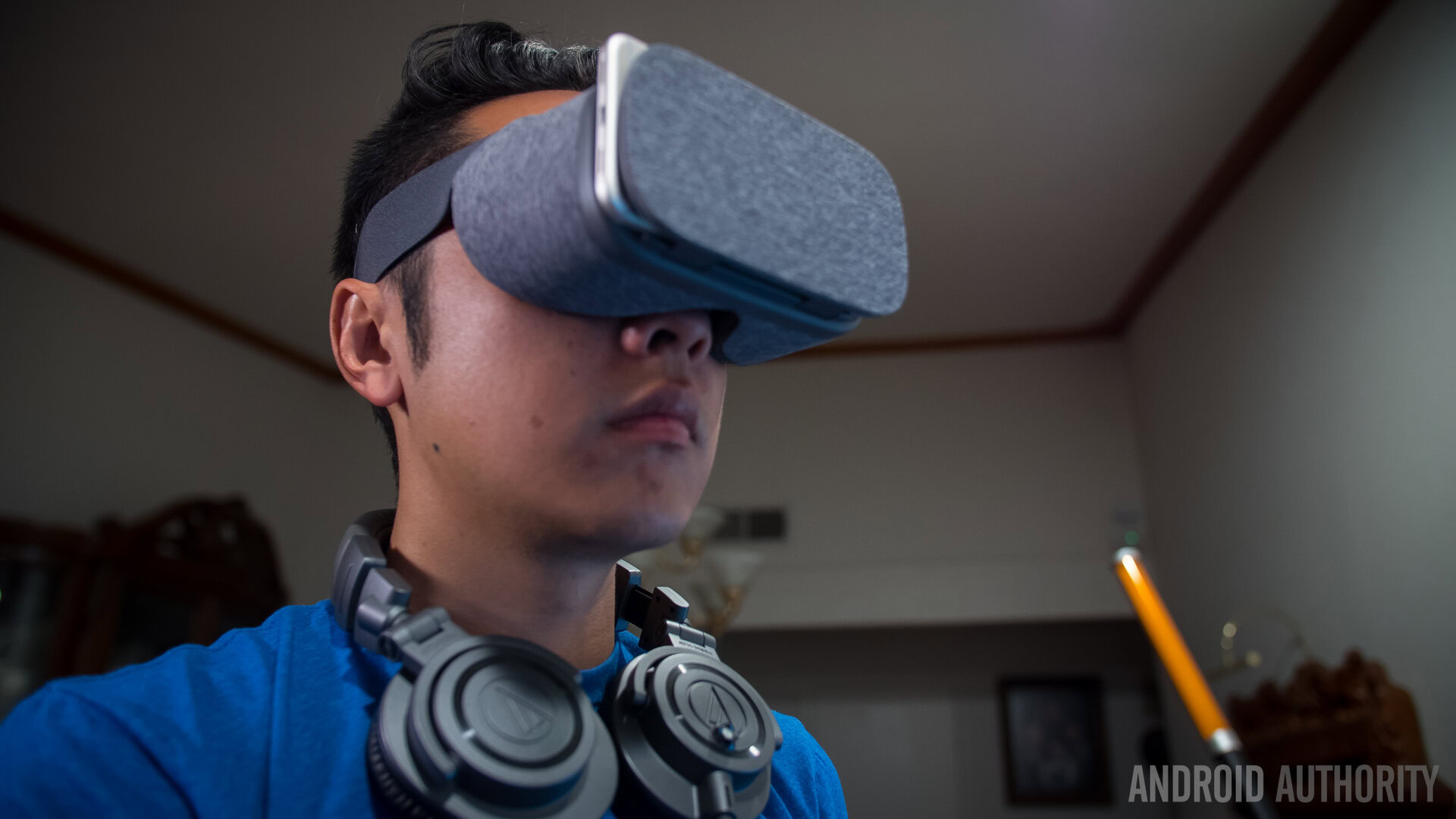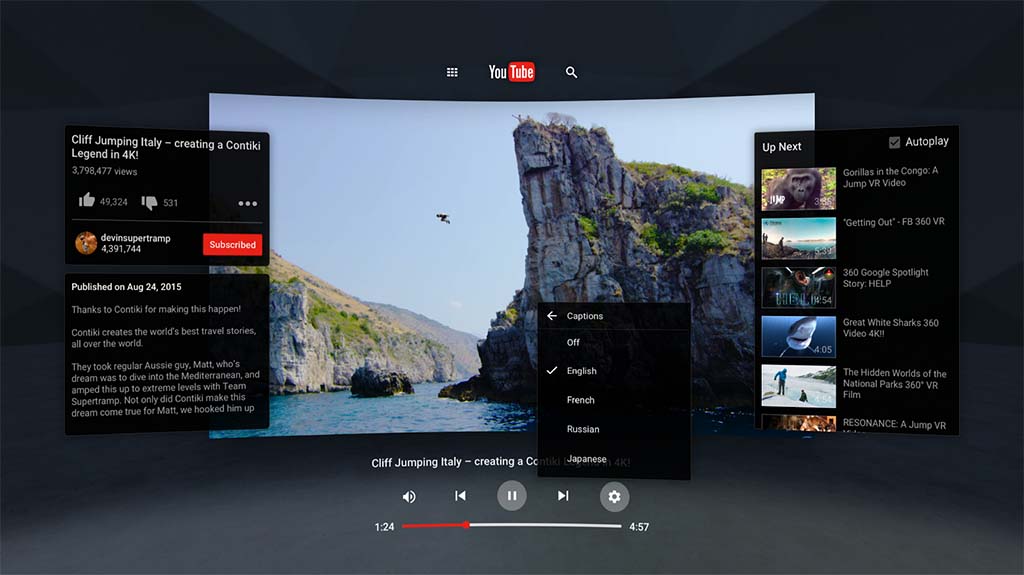Affiliate links on Android Authority may earn us a commission. Learn more.
Google and LG's upcoming OLED VR display might feature a ridiculous resolution

- Google seems poised to announce a high-resolution OLED display meant for virtual reality headsets.
- The display is said to feature a pixel density of 1,443 ppi and a 120 Hz refresh rate.
- Google’s presentation is scheduled for May 22 during the Society for Information Display’s conference.
According to a listing for the Society for Information Display’s (SID) conference in late May, Google will introduce a 4.3-inch OLED display with an 18 MP resolution. The display is destined for virtual reality headsets and will feature a jaw-dropping pixel density of 1,443 pixels per inch (ppi).
The LG-manufactured display will also support a refresh rate of 120 Hz, higher than the 90 Hz refresh rate that is required for virtual reality. Anything lower than 90 Hz would produce a “skipping” environment, which could cause nausea due to motion sickness.
The presentation, first spotted by OLED-Info, also revealed that this is a single 18 MP screen. If the display features a 16:9 aspect ratio, this roughly amounts to a 5,657 x 3,182 resolution for each eye. You would need an extremely powerful PC to render such visuals, though eye-tracking and foveated rendering would help matters, according to Google vice president of AR/VR Clay Bavor.
Foveated rendering is a graphics rendering technique that tracks your focal point to reduce the image quality in your peripheral vision. Taking into account Google’s current work on foveated rendering, as well as the presentation’s description revealing the implementation of foveated driving logic for VR and AR apps, it appears that Google will be one of a handful of companies that will implement the technology into a headset.

By comparison, the HTC Vive and Oculus Rift VR headsets feature two 3.54-inch AMOLED displays that each feature a lower 1,200 x 1,080 resolution. The upcoming HTCVive Pro also features two 3.5-inch AMOLED displays, each with a 1,440 x 1,600 resolution and 90 Hz refresh rate.
It is unlikely that Google’s display is ready for consumer use. That said, the search giant plans to say much more on May 22, when Google hardware engineer Carlin Vieri will be joined by fellow Google employees Grace Lee and Nikhil Balram, as well as LG Display employees Sang Jung, Joon Yang, Son Yoon, and In Kang.\